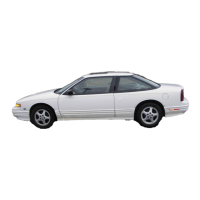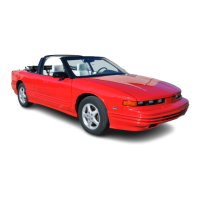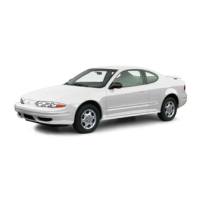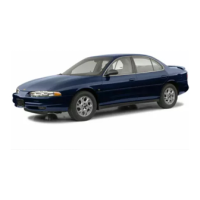Your
Driving
and
the
Road
1
70
Hill
and Mountain Roads
Driving on steep hills or mountains is
different from driving in flat or rolling
terrain.
If
you drive regularly in steep
country, or if you’re planning to visit
there, here are some tips that can make
brakes, tires, cooling system and
transaxle. These parts can work hard
on mountain roads.
Know how to go down hills. The most
important thing to laow is this: let
your engine
do
some of the slowing
down. Don’t make your brakes do it
all. Shift to a lower gear when you go
down a steep or long hill. That way,
you will slow down without excessive
your trips safer and more enjoyable.
Keep your vehicle in good shape.
Check all fluid levels and also the
I
Coasting downhill in
N
(Neutral) or with the ignition
off
is dangerous. Your brakes will
have to do all the work of slowing
down. They could get
so
hot that
they wouldn’t work well. You could
crash. Always have your engine
running and your vehicle in gear
when you go downhill.
use of your brakes.
I
--
Know how to go uphill. You may
want to shift down to a lower gear.
The lower gears help cool your engine
and transaxle, and you can climb the
hill better.
Stay in your own lane when driving
on two-lane roads in hills or
mountains. Don’t swing wide or cut
across the center
of
the road. Drive at
speeds that let you stay in your own
lane. That way, you won’t be
surprised by a vehicle coming toward
It takes longer to pass another vehicle
when you’re going uphill. You’ll want
to leave extra room to pass.
If
a
I
you in the same lane.
vehicle is passing you and doesn’t
have enough room, slow down to
make it easier for the other vehicle to
get by.

